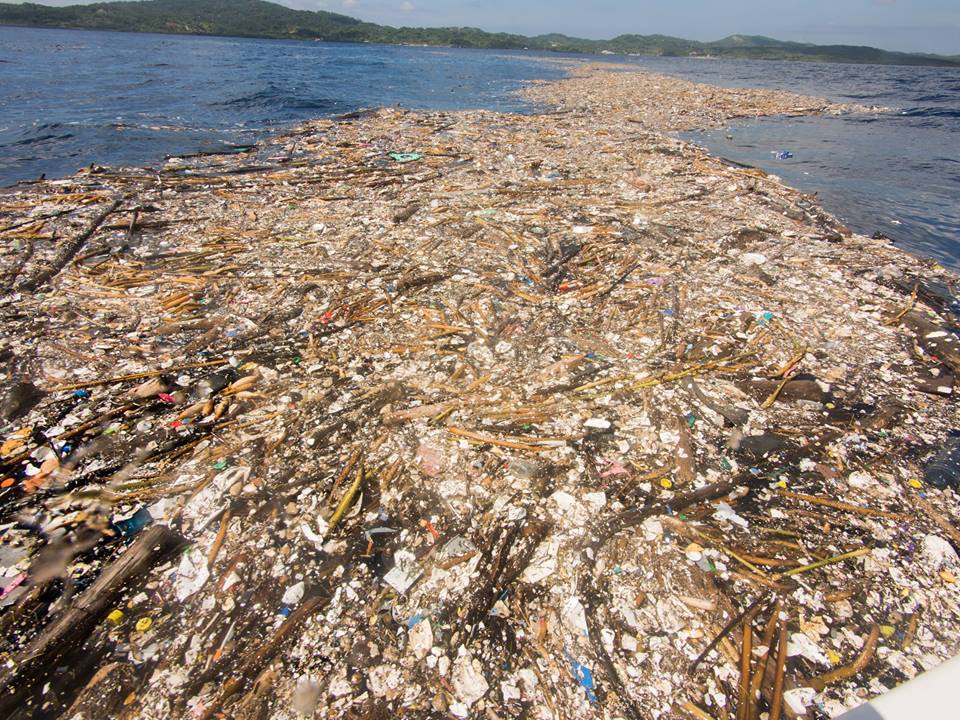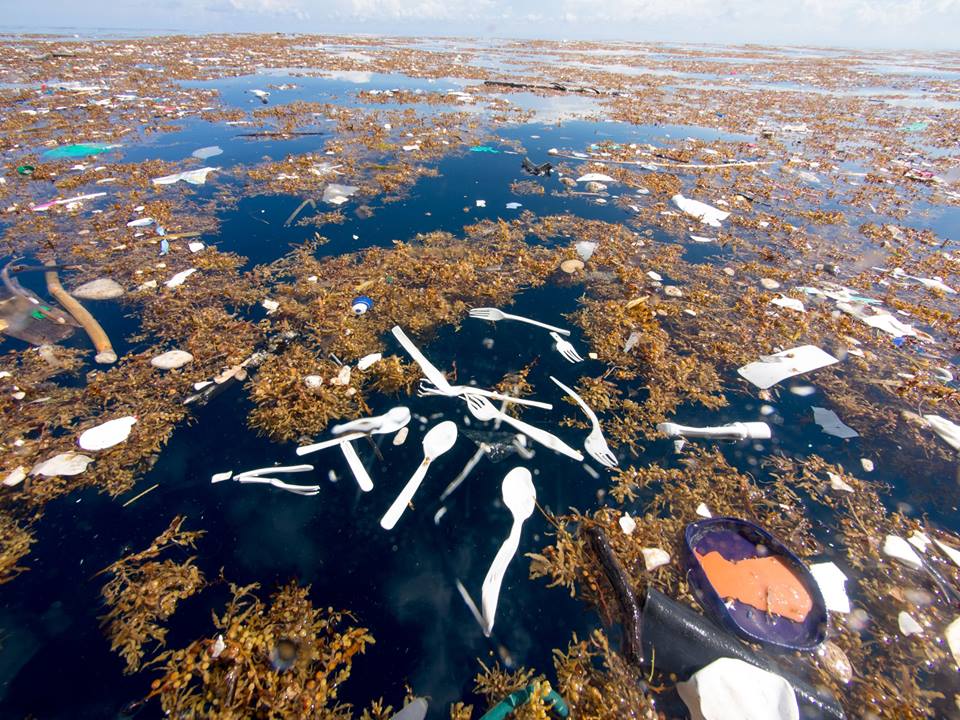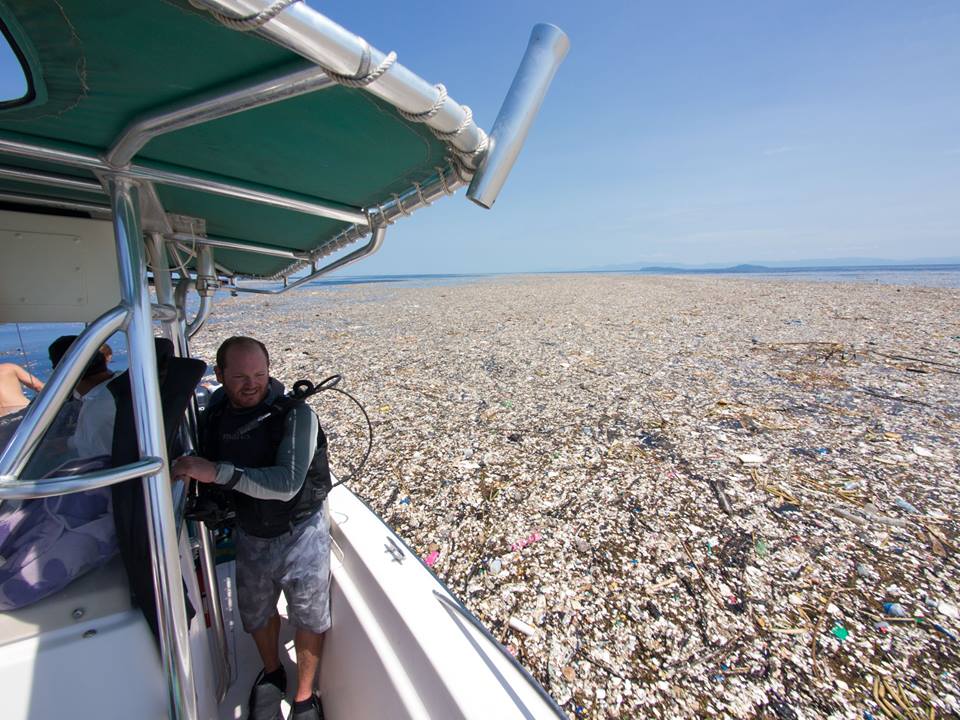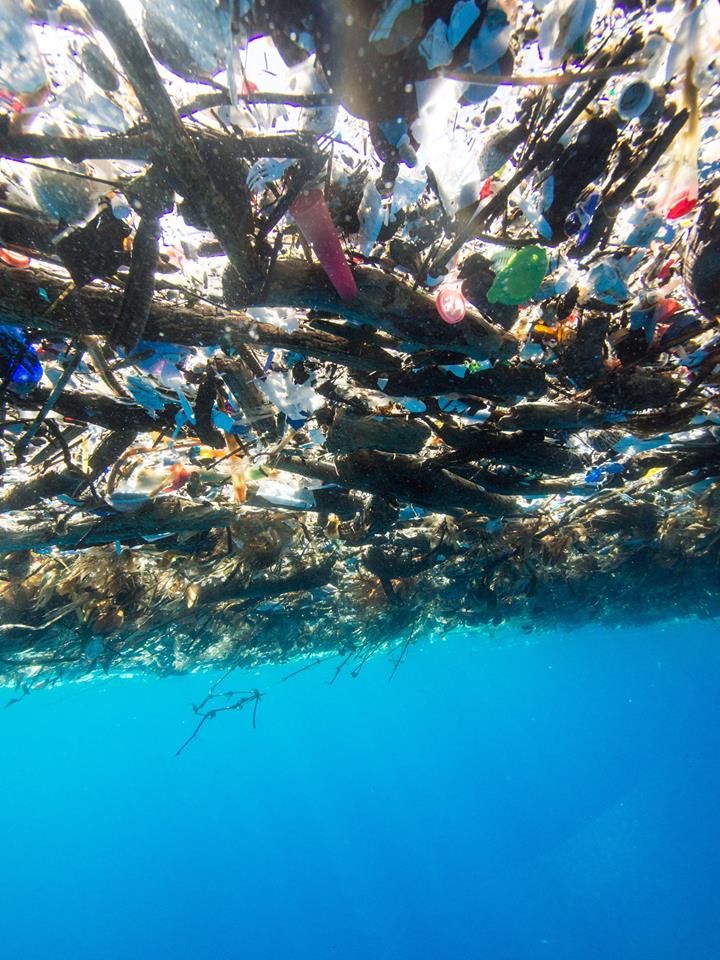


Sadly one of the Caribbean’s most beautiful islands, Roatán, is being threatened by plastic pollution.
Roatán is one of the Caribbean’s most beautiful islands siting approximately about 40 miles (65 km) off the northern coast of Honduras. Part of the huge Mesoamerican Barrier Reef, the island is known for its incredible dive sites, beautiful white sand beaches, and diverse marine life, including whale sharks.
Sadly, the islands idyllic coastline is being inundated with tides of plastic pollution. As plastic trash, including bottles, bags, plastic utensils and packaging material accumulates along the coast locals are becoming increasingly concerned. The task of cleaning up the large amounts of plastic trash from their coast and the sea will be difficult.

Photographer Caroline Power lives in Roatan and has taken upon herself the task of raising awareness on the global issue of plastic pollution by sharing photos of the issue on social media. In Caroline’s post she shares disturbing images she captured of the plastic trash patches in Roatan and challenges people around the world to look closely at their single use plastic consumption and stop it.

Plastic pollution in our oceans continues to threaten marine life, the health of our planet and is increasingly becoming a major health risk for us, humans. Plastic does not biodegrade instead it gets broken down into smaller pieces that are ingested by marine life, including fish, sea turtles and sea birds. These microplastics may end up in our plates as well.
Plastic pollution in our oceans continues to threaten marine life, the health of our planet and is increasingly becoming a major health risk for us, humans. Plastic does not biodegrade instead it gets broken down into smaller pieces that are ingested by marine life, including fish, sea turtles and sea birds. These microplastics may end up in our plates as well.

Recent studies from the Ellen McArthur Foundation estimate that 8 million tons of plastic enter our world’s oceans each year. Most plastic pollution in the ocean comes from land. Some by carelessness but a lot is blown away during transit or from landfills eventually making its way to a river or stream and ending up in our oceans. The report also suggests that by 2050 there may be more plastic in the ocean than fish!

The amount of plastic pollution entering our oceans continues to increase, as our global population grows demand for more plastic bottles, bags, single use utensils, etc. also increases. We have the power to lessen this demand by refusing single use plastic, using re-usable bottles and bags reducing our plastic consumption, always recycling when we do use plastic and by supporting organizations, innovators and businesses that are working towards a circular economy for plastics, where plastic is viewed as a resource to be captured and re-used continuously. Recycled plastic bottles use 76% less energy to be produced according to a study by Washington-based environmental consultant Jeffrey Morris. Why make more plastic when we can re-use plastic that has already been produced?
See how you can get involved and join us in our mission for a plastic free Ocean.
Reduce your use of plastic. Here are 5 ways to rise above plastic that you can put into action. Join or organize your own big or small coastal clean up. Sea the Change Shore Cleanup in Islamorada, Florida is this Saturday November 11, 2017. If you are in the area we would love your help.
We believe that together as a global community we can make a change. At MG Surfline™ we continue to tackle the issue of plastic pollution head on by generating more awareness on this issue and taking action by organizing, sponsoring and promoting coastal clean ups worldwide.
Melissa Gil is a marine biologist, ocean advocate, co-founder of MG Surfline™ and professional athlete.
Photographs by Caroline Power Photography.